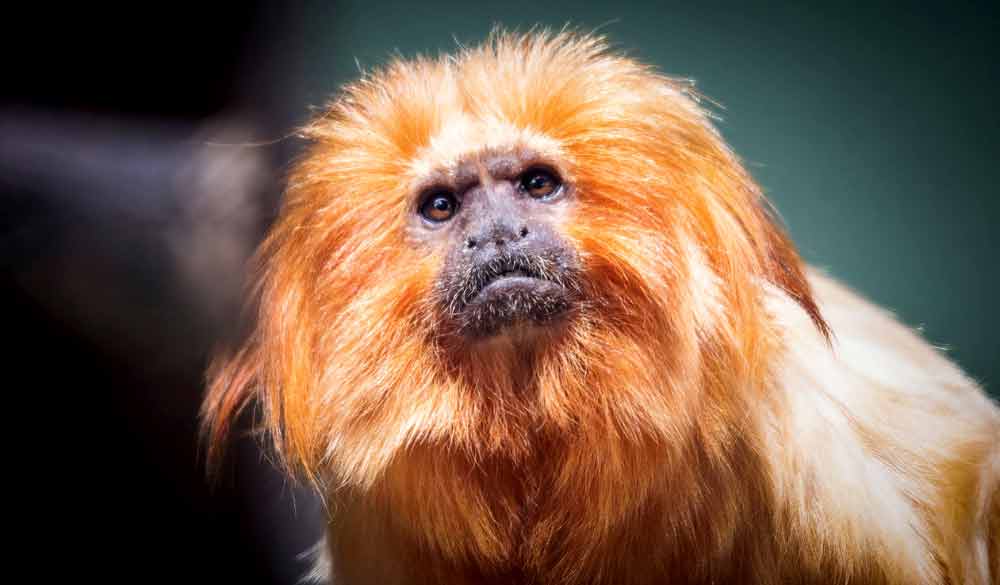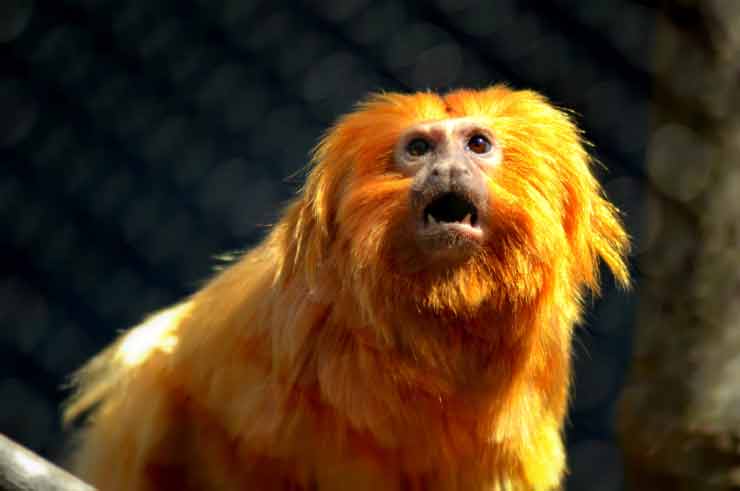Meet Our Animals
The Brandywine Zoo proves that great things do come in small packages. The Zoo features animals from the tropical and temperate areas of North and South America, Asia and Africa. Our animals range from more common species to the highly endangered. All enjoy natural settings and welcome your visit to the zoo. Some animals may be off exhibit during cold weather.
Leontopithecus rosalia
Golden Lion Tamarin

Habitat
Geographic Region & Range
Diet
Physical Description
They have fiery orange or red fur over their entire bodies including long hairs that form a striking mane on their cheeks, throat, and ears surrounding their dark, hairless faces. Lion tamarins are the largest of the callitrichids. They have claws that allow them to cling vertically to tree trunks and perhaps aiding in walking, running, leaping and bounding quadrupedally along smaller branches in the forests in which they live.
Size
Weight
Lifespan
Natural Habitat: 15 years
Under Human Care: up to 25 years
Threats
Status

What are AZA Zoos doing for
Golden Lion Tamarin
GLTs are part of a Yellow level SSP conservation breeding program managed by the New World Primate TAG. As of 2019, currently 164 GLTs are living at 65 AZA facilities. The total global population in zoos is 520 at 165 facilities. [8] They are also managed for a reintroduction program with Brazil, where tamarins bred in AZA facilities are sent down to Brazil for release. Brandywine Zoo participated in this program in the 1990s, and we sent one individual to the reintroduction program. Brandywine Zoo and BZ AAZK have supported Save the Golden Lion Tamarins, a GLT conservation organization in Brazil, financially for many years.
Fun Facts
Their rich color is thought to be a product of sunlight exposure and the presence of carotenoids in their diet
A special characteristic of this group of primates (callitrichids) is their tendency to give birth to twins.
Golden lion tamamrins have very distinct vocalizations, including about 17 specific calls.
